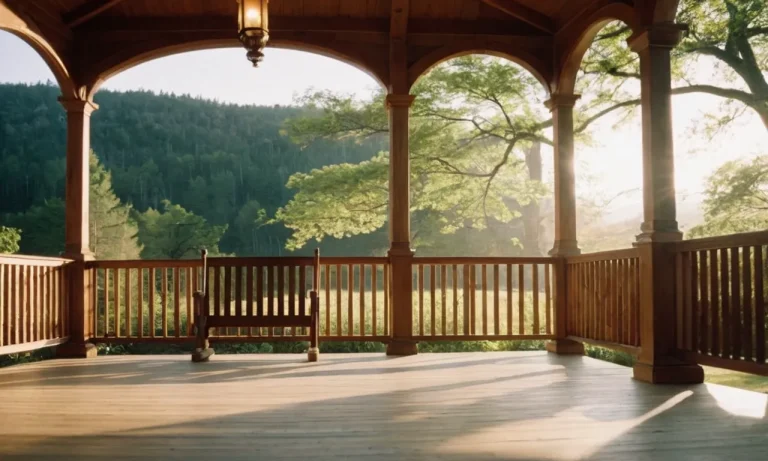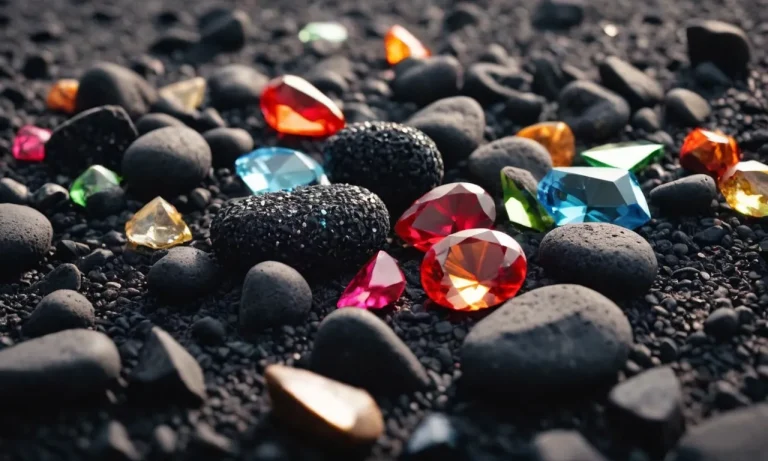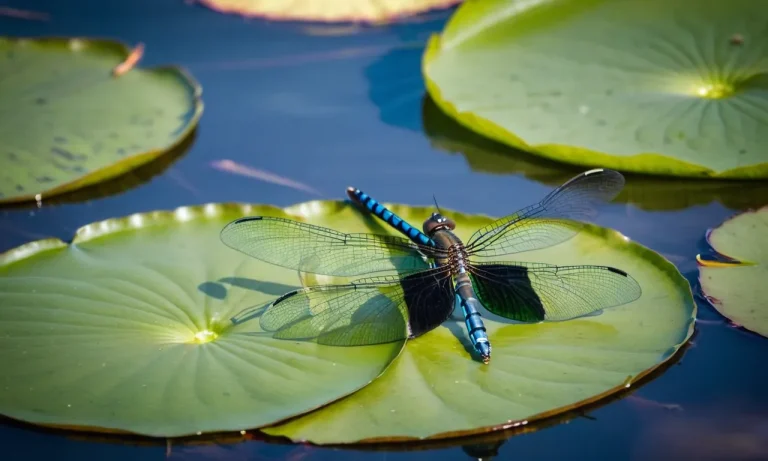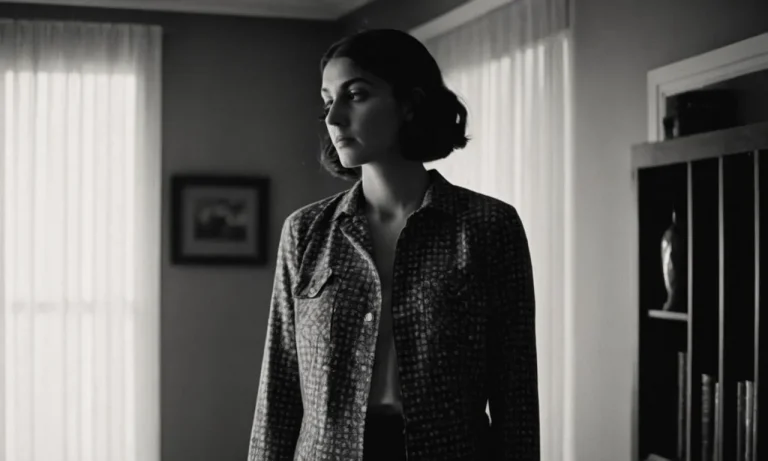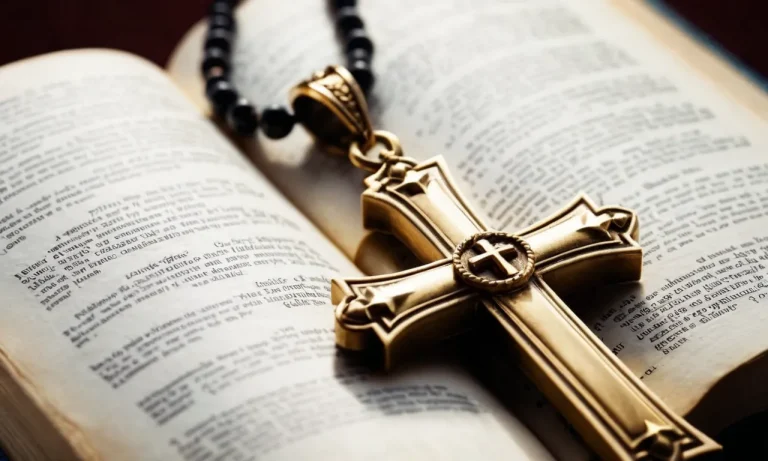Since the dawn of communication, humans have used symbols and gestures to convey meaning. In today’s digital age, emojis have become a popular way to share thoughts and moods without using words.
If you’ve ever seen someone use the emoji with two hands pressed together in prayer 🙏, you may have wondered what deeper meaning lies behind this common symbol. At first glance it represents the act of prayer, but there’s more to uncover if you look closer.
The Origins and History of the Praying Hands Emoji
Albrecht Dürer’s Betende Hände sketch
The inspiration for the praying hands emoji dates back nearly 500 years, to German Renaissance artist Albrecht Dürer’s exquisite pen-and-ink drawing known as Betende Hände (Praying Hands). Created in 1508, Dürer’s sketch depicts two delicately shaded hands pressed together in prayer, with distinctly long fingers and nails.
Art historians believe Dürer based the hands on his friend and fellow artist Matthäus Landauer. The simple yet powerful sketch highlights Dürer’s mastery of proportion, perspective, and anatomy.
Dürer’s Praying Hands sketch has endured as an iconic and influential work of art over the centuries. In the 20th century, it became a popular symbol among American evangelical Christians, who printed it on crosses, bookmarks, posters, and artwork as a reminder to pray.
As digital communication began to rise in the 1990s and 2000s, Dürer’s praying hands were a natural fit for adoption as an emoji symbolizing faith, reverence, and communication with God.
Adoption into Unicode and digital communication
The praying hands emoji was officially encoded into Unicode 6.0 in 2010. It quickly became popular for conveying prayer, thanks, hope, and high-fiving, both for religious and secular uses. Today, the 🙏 praying hands emoji ranks among the top 25 most-used emoji worldwide.
It carries on the symbolism and legacy of Dürer’s 16th-century sketch for a 21st-century digital audience spanning ages, religions, and cultures. With over 300 million posts on Instagram alone, this little pictograph remains as relevant today as Dürer’s meticulous pen-and-ink drawing was centuries ago.
The praying hands emoji also inspired many variations: different skin tones were added in Unicode 8.0 (2015), while platforms like Twitter and Facebook created unique hand gestures like 🤲 palms up together and 🙌 raising hands.
Yet the original 🙏 praying hands emoji endures as the most recognizable symbol to digitally convey spiritual meaning and connection.
Spiritual Meaning and Religious Significance
Connection between human and divine
The praying hands emoji represents a profound connection between human beings and the divine. With palms pressed together and head bowed, it depicts a universal gesture of spiritual reverence and worship.
Across religions, this posture signals the believer’s yearning for inner quiet and union with the holy.
In Christianity, clasped hands specifically evoke images of praying to God the Father, Jesus Christ, or the Holy Spirit. The user may be offering prayers of adoration, contrition, thanksgiving, or supplication.
This emojis reminds Christians that prayer connects flawed human nature with perfect divine grace.
Gesture of faith, hope, and contemplation
The praying hands emoji is also emblematic of faith, hope, and contemplation. By sharing this icon, the user may be acknowledging a higher power at work in the world and expressing belief in a loving God who hears and responds to prayer. It can also represent peaceful meditation and reflection.
In times of hardship or sorrow, this emoji affirms that difficult seasons can deepen spiritual awareness. Folded hands are sometimes sent as a message of empathy, solidarity, or comfort—a symbolic gesture of holding space for someone in pain or crisis.
They remind believers to entrust struggles to divine care.
Represents thankfulness, blessing, and unity
While prayers often arise from places of need, this pose first and foremost conveys an attitude of gratitude. The praying hands emoji relays praise and thanksgiving for one’s many gifts and blessings. It celebrates the joy of communion with the sacred and the wonder of divine love.
This emblem also expresses hope for unity, reconciliation, and peace. As the world grows more divided, the icon reminds us of our shared humanity under one Creator. It aspires to mend brokenness through spiritual connectedness. Ultimately, folded hands bring people together in mutual reverence.
| Main Religions Using the Gesture | Specific Meaning |
| Christianity | Prayer and submission to God |
| Islam | Supplicating to Allah |
| Hinduism | Namaste greeting to the divine within |
| Buddhism | Mudra expressing spiritual focus |
While nuances exist across faiths, the praying hands emoji retains core associations of devotion, blessing, unity, and boundless love. It serves as an inclusive marker for various religious expressions, inviting people of all beliefs to contemplate higher meaning in a complex world.
Secular Usages and Cultural Meanings
Gesture of greeting and gratitude
In many cultures, placing one’s palms together in front of the chest is used as a greeting gesture expressing warmth, respect, and gratitude (similar to the namaste greeting in yoga). The 🙏 emoji echoes this cultural meaning and can be used to say “hello”, “thank you”, or as a parting gesture wishing others well.
This secular usage of the folded hands emoji has become popular worldwide 🌎, spreading beyond cultures where palm-pressed greetings originated.
Symbol of pleading or request
When used in digital communication, the 🙏 emoji also retains its meaning as a gesture of pleading, request, or hope. It’s often used in messages to emphasize a sincere desire or “wish” for something, like success 🎉, blessing ✨, or favor 🙂.
For example: “Praying for good weather this weekend 🙏” or “Hoping your surgery goes well tomorrow 🙏🙏🙏”. In this context, the emoji symbolizes earnest intent more than literal praying.
Interestingly, pairing the 🙏 with other emojis can change or enhance its meaning – using 🙏 alongside 🤞 (crossed fingers) stresses the sense of wishing or hoping, while adding 😊 or 🥺 elicits a “pretty please” vibe.
Representation of thought and contemplation
Stylized in a thoughtful, contemplative pose with eyes closed and palms together, the praying hands emoji also evokes the sense of thinking deeply or reflecting seriously on a topic. It can be used tongue-in-cheek in response to something philosophical or esoteric… For example:
| Friend: | Do trees that fall in the forest make a sound if no one is around to hear them? |
| You: | 🙏 Hmm, good question… 🤔 |
The 🙏 here adds a bit of humor or irony to signal you’re pondering an idea thoughtfully and philosophically even if the subject is a bit silly or mundane. So it nods to thought/contemplation without needing to take things too seriously. 😉
Interpretations Across Religions and Spiritual Traditions
In Christianity
The praying hands emoji often represents the Christian tradition of folding one’s hands together to pray. This posture of prayer traces back to the Bible, where verses like 1 Timothy 2:8 say, “I desire therefore that the men pray everywhere, lifting up holy hands.”
For Christians, the emoji can represent lifting prayers and petitions to God or giving thanks (Philippians 4:6). It may also symbolize submission and humility before the Lord.
According to a 2022 Pew Research survey, over 65% of American adults identify as Christian. For this majority religion, the praying hands emoji resonates powerfully. It often appears on social media when asking for prayer concerning health, grief, job loss, and other life situations.
Christians may insert the icon to signify “I’m praying for you” or “God bless.”
In Hinduism and Buddhism
In Hinduism and Buddhism, the praying hands emoji may represent the anjali mudra, a reverent hand gesture offered as a sign of respect. Performing anjali mudra involves placing the palms together near the heart with fingers pointing upward, similar to the emoji image.
Hindus might offer this holy gesture before deities in temples or to honor spiritual leaders. Buddhists may use it to show veneration when chanting mantras or entering meditation.
Both religions teach finding enlightenment by looking within through spiritual practices like yoga and meditation. The praying hands emoji could underscore messages about these contemplative disciplines leading to inner peace or mystical insights.
When shared among Hindus and Buddhists, it might communicate well-wishes for an auspicious life journey.
In Islam
For Muslims, the praying hands emoji represents the ritual prayer (salat) performed five times daily. These postures of devotion – standing, bowing, prostrating – define the outward submission to Allah that forms the second Pillar of Islam.
The emoji may denote greeting another Muslim by saying “As-salamu alaykum” (peace be upon you) or answering, “Wa alaykum assalam” (and upon you, peace).
While not all Muslims pray five times daily, over 50 countries worldwide follow mandatory prayer times. Thus, the praying hands emoji has deep cultural significance, especially across North Africa, the Middle East, and Asia where Islam predominates.
On social media, Muslims may insert the icon when announcing, “It’s time to pray.”
In Judaism
In Judaism, placing one’s hands together represents the position of the hazzan (prayer leader) blessing the congregation. Many blessings and important prayers begin with this posture. The praying hands emoji relates closely to praising God during daily services or life cycle events.
For instance, it may communicate congratulations for a bar/bat mitzvah, wedding, or baby naming.
While only 2% of Americans identify as Jewish, most are familiar with Judaism’s importance in Western culture. The praying hands emoji resonates with those celebrating the Sabbath, Passover, or other Jewish holy days.
It underscores well-wishes like “Shabbat Shalom” (Sabbath peace) or “L’chaim” (To life! ).
Conclusion
Whether used in a religious or secular context, the praying hands emoji carries a deeper spiritual meaning. At its core, it represents human connection with the divine and the contemplation of higher truths.
So next time you see someone use this iconic symbol, consider the long history and spiritual significance behind its simple, graphical form. Just two hands pressed together can convey complex concepts of faith, unity, gratitude and inner reflection.

